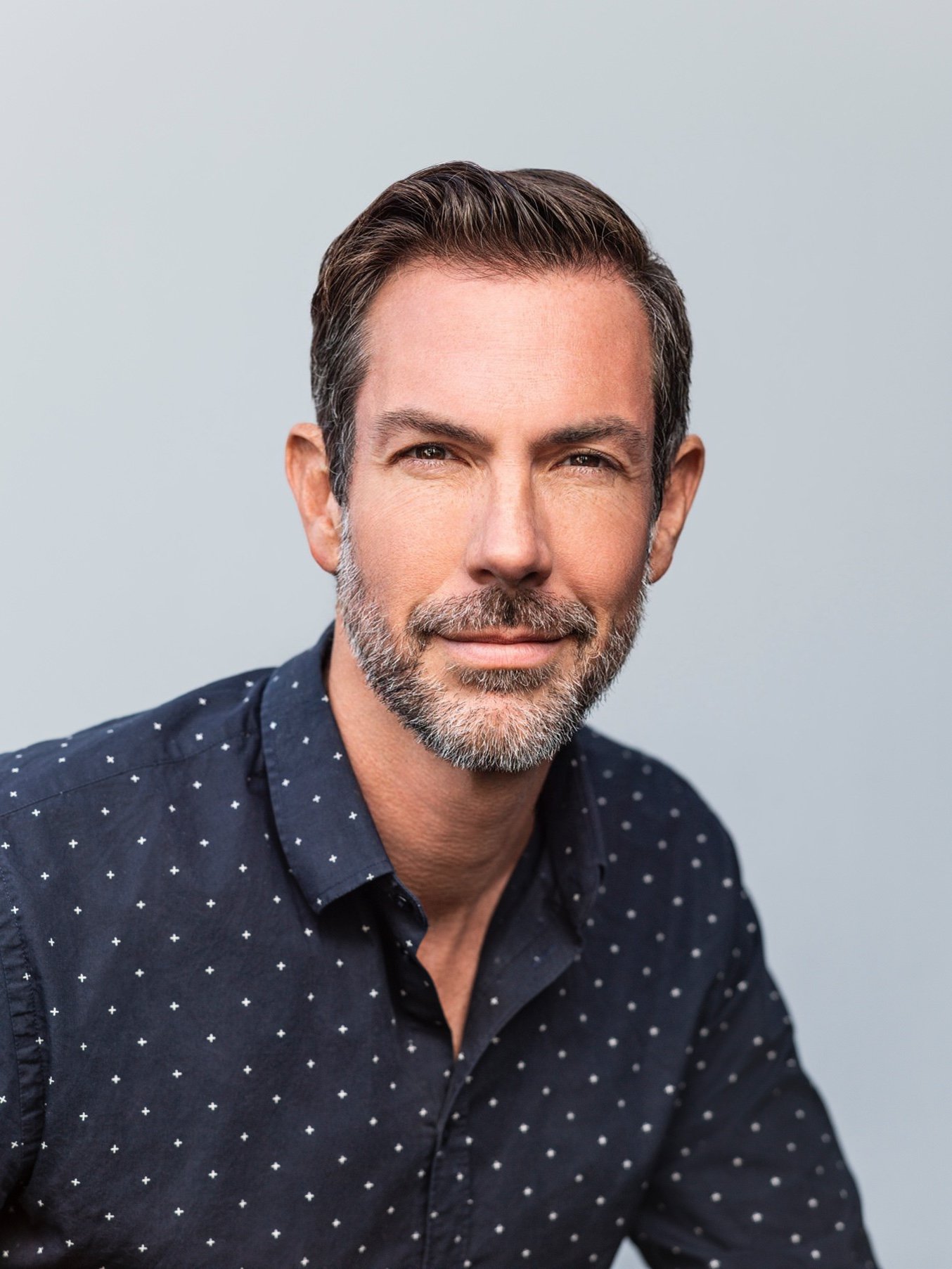Creating Meaningful Sustainable Change
March 30, 2021


A passionate advocate for “doing the right thing,” Lewis Perkins is the President of the Apparel Impact Institute (AII), an organization launched by leading brands and apparel sector industry associations to identify, fund, and scale programs to drive positive impact in the fashion sector. Perkins joins us this week as one of our leading experts for CFDA’s Earth Month Circularity conversation series in partnership with Recurate. He shares more insights and resources on how brands can create meaningful sustainable change.
How would you define “meaningful change” when it comes to sustainability?
Meaningful change is different along different periods of a movement. To me, the sustainability movement in the apparel, footwear, textile, and fashion sector is roughly a decade in now.
While some organizations have been leading in the sustainable materials space for much longer (such as Textile Exchange and some of the roots of sustainable textile work happening in the built environment through product standards and certifications working on sustainability within textiles for buildings, homes, et cetera), the current movement has been in process for roughly a decade, which was when the industry acknowledged that it had an environmental impact problem that it wanted to address collectively. The Sustainable Apparel Coalition began forming around 2009. The Clean by Design program (now housed at Aii) was launched at the NRDC in 2010. The Cradle to Cradle Institute and the Ellen MacArthur Foundation launched around 2010 as well. ZDHC (Zero Discharge of Hazardous Chemicals) was launched in 2011. All of these organizations were really to roll out roughly 10 years ago and have now matured into a new phase.
Meaningful change in the first few years is about taking an inventory of where you are and by assessing the impact that your industry or individual company makes (whether you’re an individual brand or supplier makes). It’s about getting a real understanding of the key issues you face. Only then can you start to correct the actions you know are detrimental. You can eliminate or replace the business practices that contribute to negative impacts.
But then, as you and your company mature in your sustainability work, you can better assess the right approach toward optimizing your positive impact. And that’s where this industry as a whole is really taking a deeper look today. It’s time to scale positive impact and to invest in verifying what we’re doing right. That is how we can honestly demonstrate positive impact and scale that positive impact across the supply chain and across all touchpoints of the value chain.
This is happening now. It’s the beginning of meaningful change. Being able to report that impact is the next phase of meaningful change, which is to demonstrate year-over-year progress toward industry goals for scaling preferred materials, transparent supply chains, and measurable, proven results.
For a brand interested in starting their circularity journey, where do you recommend they begin?
A large part of the journey is recognizing what your products are made of, how they’re designed, and really looking at circularity more broadly than just recycling. It involves thinking about how it leans into shared economies around resell, repair, and swap. We begin to ask the question, how can brands/retailers engage in a larger, almost like an extended producer, responsibility approach to apparel? The first thing that I would ask a brand to do is to really start looking at what relationship your customers have to the products they buy from you. And what is your relationship and thus responsibility, related to where those products go next?
What are 3- 5 resources you would recommend a brand (of any size) take advantage of to strengthen their commitment to circularity?
There are some great resources gathered over the past decade thanks to real and significant thought leadership.
I mentioned the Ellen MacArthur Foundation earlier, and their Make Fashion Circular initiative offers a great jumping off point. This group has put together an excellent guide for companies interested in doing this work. And I think referencing that as a resource is critical.
Secondly, the Fashion Positive Initiative, which we launched at Cradle to Cradle and is now part of a larger ecosystem, including textile exchange and others, has established the circular materials guidelines. That’s another great resource to take a look at.
Another resource that I recommend to brands to strengthen their commitment circularity is to read a copy of the book Cradle to Cradle: Remaking the Way We Make Things. It is an outstanding way to introduce yourself into why we are doing all of this, and it applies a more holistic system of solutions based on nature. A nature-based systems approach looks at everything as a subset of nature because we’re really talking about how biological and technical nutrients can remain at play. The book also goes broader than just circulating materials. It looks at circular systems of water, chemistry, energy, and human resources.
Is the re-commerce/resale market a supply chain solution that most brands should and can take advantage of?
As I mentioned earlier, I see that reselling/re-commerce coupled with repair models creates a phenomenal opportunity for every brand to engage, which also encourages us to make a product “well enough” with enough value that it’s worth it to you and your customers to repair it, reuse it, and resell it.
Keep in mind, there are certain things we are not going to repair, such as basic T-shirts, underwear, or socks. These items are in a more commodity-based category of product and their fibers are more ready for upcycling after a first use cycle. Meaning, check to see if a product is more of a commodity that can be and should be sent right into recycling versus something that has a longer life for repair and resell. It’s about applying a mindfulness approach to our relationship to our stuff. And common sense.
If brands do not engage in developing their own relationship to their shared economies, they will lose a tremendous amount of value at the table, and it will go to someone else. It’s going to happen with or without you. So my advice to companies and brands and retailers is to capture that value for yourself.
What are some new projects/initiatives you’re working on at the Apparel Impact Institute that you can share?
Yes, there are a few new projects we are really excited to be sharing, which will broaden our programmatic scope to address climate action for the apparel industry, particularly focusing on the supply chain, which is referred to as SCOPE 3 in the Science Based Targets Initiative. We have been working with the World Resources Institute to identify opportunities for key focus areas in which the industry can achieve its 2030 goals of reducing its CO2 emissions by 45 percent.
Our programs are expanding beyond the existing energy-efficiency programs to address true leadership needed to lower carbon emissions in manufacturing – mainly in the form of eliminating coal and scaling renewables. As part of that report, we identify the financial opportunities and tools to transition the supply chain to carbon-neutral. To complement the WRI Carbon Roadmap report, we are embarking on a research toward a subsequent financial tools report, supported through funding by HSBC Bank and HSBC.
In collaboration with Fashion for Good (in Amsterdam), we will be creating a report to issue on the “size of the prize” for reaching climate science-based targets from an investment and finance opportunity. We are now in the research phase and are looking at the kinds of financial tools and vehicles that may currently exist and new, unique programs or solutions that are ready for development by financial institutions.
Another project is a feasibility study for our programs in the state of California, particularly focused on the greater Los Angeles area, looking at key issues of water stewardship along with energy efficiency and renewables and how to scale positive impact programs to the supply chain based in Southern California.
Join CFDA and Recurate’s Circularity Webinar Series by registering below:
A Fashion Brand’s Journey to Circularity
April 1, 12:00 – 1:00 PM EDT
Leading Experts – Register here
April 9, 12:00 – 1:00 PM EDT
Leading Brands – Register here
April 15, 12:00 – 1:00 PM EDT
Leading Innovators – Register here

